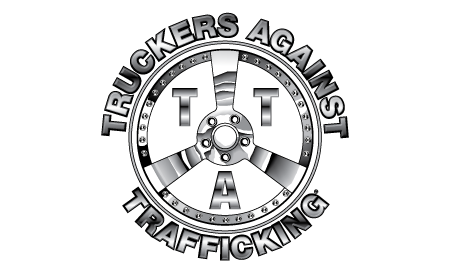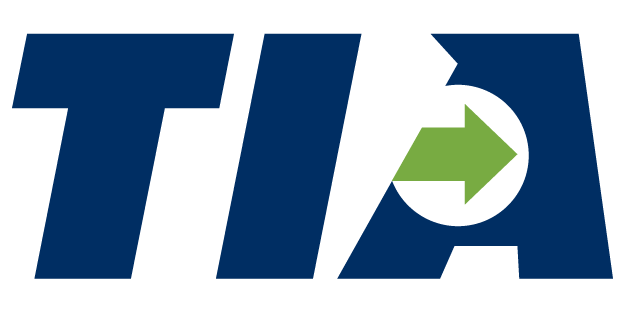Issue 115

House GOP Unveils THUD Spending Bill:
House Republicans unveiled their fiscal 2024 transportation, housing, and urban development (THUD) spending bill, proposing a 25 percent reduction in funding compared to current levels after accounting for offsets. The bill specifically targets Department of Transportation (DOT) grant programs, aiming to cut $6.6 billion (a 59 percent decrease) across various grants that were expanded by the 2021 infrastructure law.
In total, the bill allocates $21.5 billion in discretionary funding for DOT, $7.6 billion less than the fiscal 2023 enacted level. When combined with highway trust fund obligations, the bill would provide a total of $100.9 billion in mandatory and discretionary funding for DOT in fiscal year 2024.
Despite the overall funding cuts for DOT, the Federal Aviation Administration (FAA) receives $19.5 billion in the bill, $529 million more than the fiscal 2023 levels. This funding includes $12.7 billion for air traffic control operations and the hiring of 1,800 controllers, which has been a priority for lawmakers and DOT Secretary Pete Buttigieg.
The bill faced criticism from Democrats on the Appropriations Committee, who argued that it would compromise travel safety, neglect low-income families living in hazardous conditions, and pose a threat to the economy.
Additionally, the bill includes $25 billion in Internal Revenue Service (IRS) rescissions related to enforcement spending included in the Inflation Reduction Act.
While the FAA receives increased funding, most other sub agencies within the DOT face cuts. The Federal Highway Administration (FHWA) would receive $62 billion overall, $829 million less than the fiscal year 2023 levels, with the majority of the funds tied to highway trust fund programs.
The Federal Railroad Administration (FRA) would experience a significant cut of $1.9 billion, receiving $1.4 billion in total. While rail safety programs see a modest increase of $273 million, Amtrak funding would be reduced by $1.5 billion. The Federal Transit Administration (FTA) would receive $14.6 billion, with a $2.2 billion cut from the fiscal year 2023 levels.
The Maritime Administration's funding would be $753 million, $226 million below the president's budget request, while the Office of the Secretary would receive $664 million, $1.4 billion less than the president’s budget request.
The bill sets aside $2.5 billion for transportation safety, including $891 million for the Federal Motor Carrier Safety Administration (FMCSA), $1.2 billion for the National Highway Traffic Safety Administration (NHTSA) (a $72 million increase from fiscal year 2023), and $338 million for safety efforts within the Pipeline and Hazardous Materials Safety Administration (PHMSA).
Notably, the bill does not allocate additional appropriations for the RAISE or Mega grants. However, it does provide $121 million to the DOT Inspector General’s office, a $13 million increase aimed at eliminating waste, fraud, and abuse, particularly related to the implementation of the infrastructure law.
Funding levels for other related agencies in the bill include $43.7 million for the Federal Maritime Commission, $46.9 million for the Surface Transportation Board (STB), $30.4 million for Amtrak's Inspector General, and $145 million for the National Transportation Safety Board (NTSB).
Moreover, the bill includes $3.9 billion for transportation and HUD-related earmarks, distributed among 2,668 projects requested by 356 members of Congress.
It is important to note that while House GOP leaders propose funding levels below those agreed upon in the bipartisan budget package, Senate appropriators plan to adhere to the agreed-upon caps. Once leaders in both chambers finalize their spending measures, they will need to reach a compromise to fund the government at updated levels for the upcoming fiscal year, starting on October 1.
The House Appropriations THUD subcommittee is scheduled to markup the THUD bill on Wednesday.
FAA Markup Incoming:
According to Senator Tammy Duckworth (D-IL) and four insiders familiar with the matter, Senators are nearing a deal on pilot training, which could lead to a Senate Commerce Committee markup on the FAA bill as early as next week. The breakthrough involves raising the retirement age for commercial pilots from 65 to 67 in exchange for maintaining the current pilot training mandates that require 1,500 hours of flight time. Senator Duckworth indicated that a deal is close.
Senator Duckworth expects a markup on S. 1939 in the coming week, and both Senate Majority Leader Chuck Schumer (D-NY) and Commerce Chairwoman Maria Cantwell (D-WA) are eager to expedite the process. The proposal to raise the pilot retirement age represents a concession from Senate Democrats to regional airlines and Republicans, as it did not receive support from House Democrats. However, House Republicans successfully added it as an amendment to the House bill.
While the Air Line Pilots Association strongly opposes the change, families affected by the Colgan Air Flight 3047 incident have not taken a formal stance on raising the retirement age. A dispute over pilot training hours previously led to the postponement of a markup, but efforts are underway to schedule a markup for the FAA bill, ideally before the August recess.
The Senate markup delay could cause challenges in meeting the September 30th deadline for FAA reauthorization. The House has already approved its version of the FAA bill, H.R. 3935, which awaits a floor vote, likely to take place next week. The House bill includes raising the commercial pilot retirement age and modifying training requirements to allow an additional 150 hours of flight simulator time to count toward the 1,500-hour training requirement, given that the simulator time occurs in a full-flight simulator.

International Maritime Organization Shifts Climate Target:
The International Maritime Organization (IMO) has revised its climate strategy to target achieving net-zero international shipping emissions "close to 2050," a significant change from its previous goal of at least halving emissions by 2050 compared to 2008 levels. The new target reflects the IMO's efforts to address divisions among its 175 members, with some advocating for quick emission reductions and others seeking flexibility. However, climate campaigners criticize the revised strategy for not aligning with the Paris Agreement's goal of limiting global warming to 1.5 degrees Celsius.
The IMO's updated strategy includes emission reduction goals for 2030 and 2040 as well, although these targets are labeled as "indicative checkpoints." The IMO's new strategy closely aligns with the European Union's position, aiming for a 20 percent reduction (striving for 30 percent) by 2030 and a 70 percent reduction (striving for 80 percent) by 2040. Climate activists had pushed for more ambitious targets, such as a 50 percent reduction by 2030.
The IMO's new strategy faces criticism for its vague language and lack of binding targets. Climate groups argue that the IMO should have chosen a clearer and more ambitious pathway to achieve the 1.5 degrees Celsius temperature goal. However, industry representatives view the strategy's checkpoints as a compromise between feasibility concerns and the need for urgent action.
The next important battle for the IMO will revolve around the adoption of carbon-cutting measures, including a potential levy on shipping emissions. While countries like China and Brazil have resisted the idea, the new strategy leaves room for the introduction of a maritime greenhouse gas emissions pricing mechanism. Industry groups emphasize the importance of accelerating the use of greener fuels and developing measures to reduce emissions.
Despite the perceived imperfections, Pacific Island states, which have been advocating for a global shipping levy, consider the revised strategy a step in the right direction. They will continue to push for ambitious measures to achieve zero emissions by 2050. The next two years will be crucial for the IMO to develop effective strategies and mechanisms to meet its targets.
If you have any questions about this newsletter or TIA 2023
Policy Forum, please email [email protected]
TIA 1900 Duke Street STE 300 Alexandria, Virginia 22314 US
Want to change what emails you receive from us? Update your preferences.















